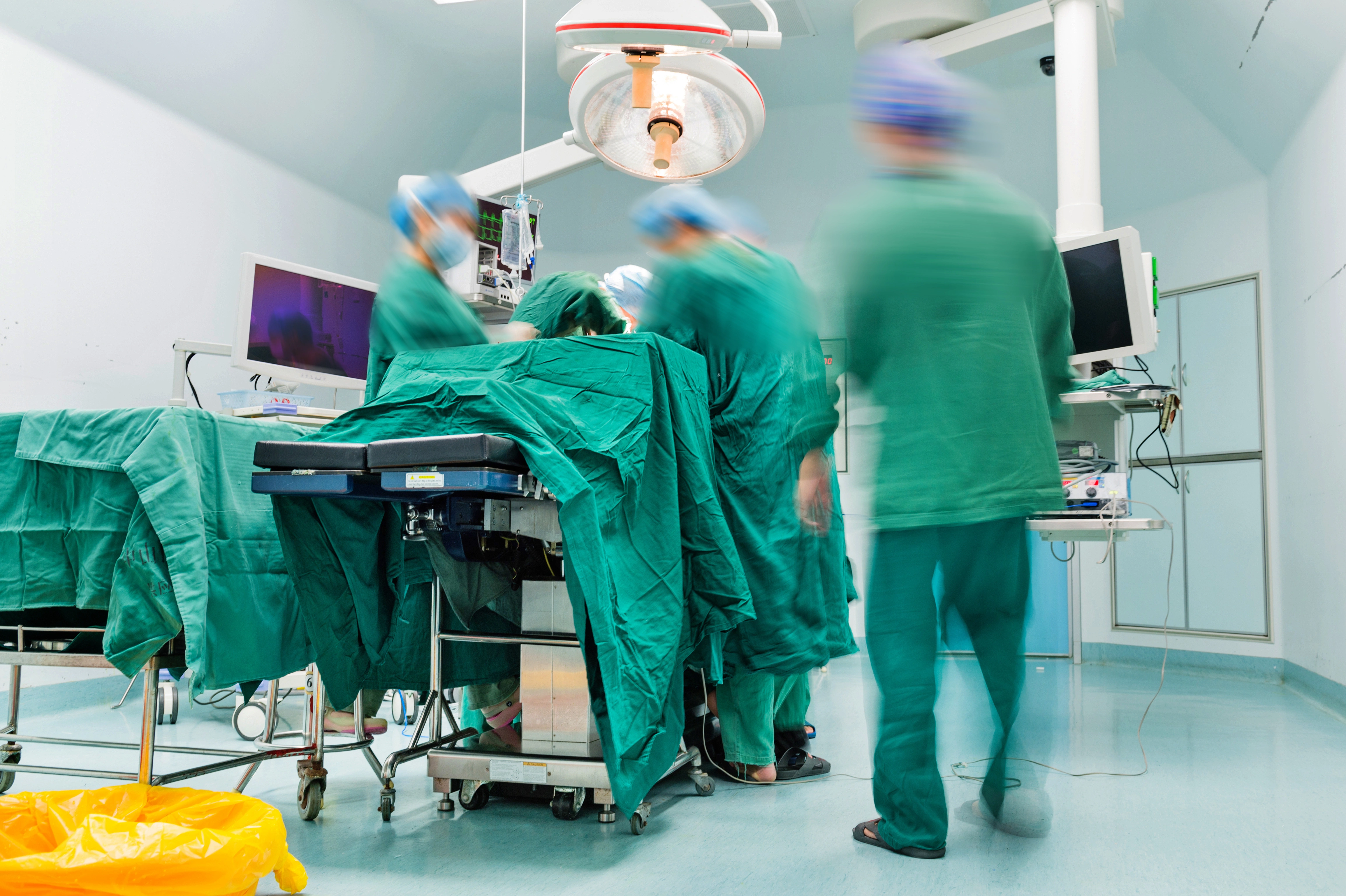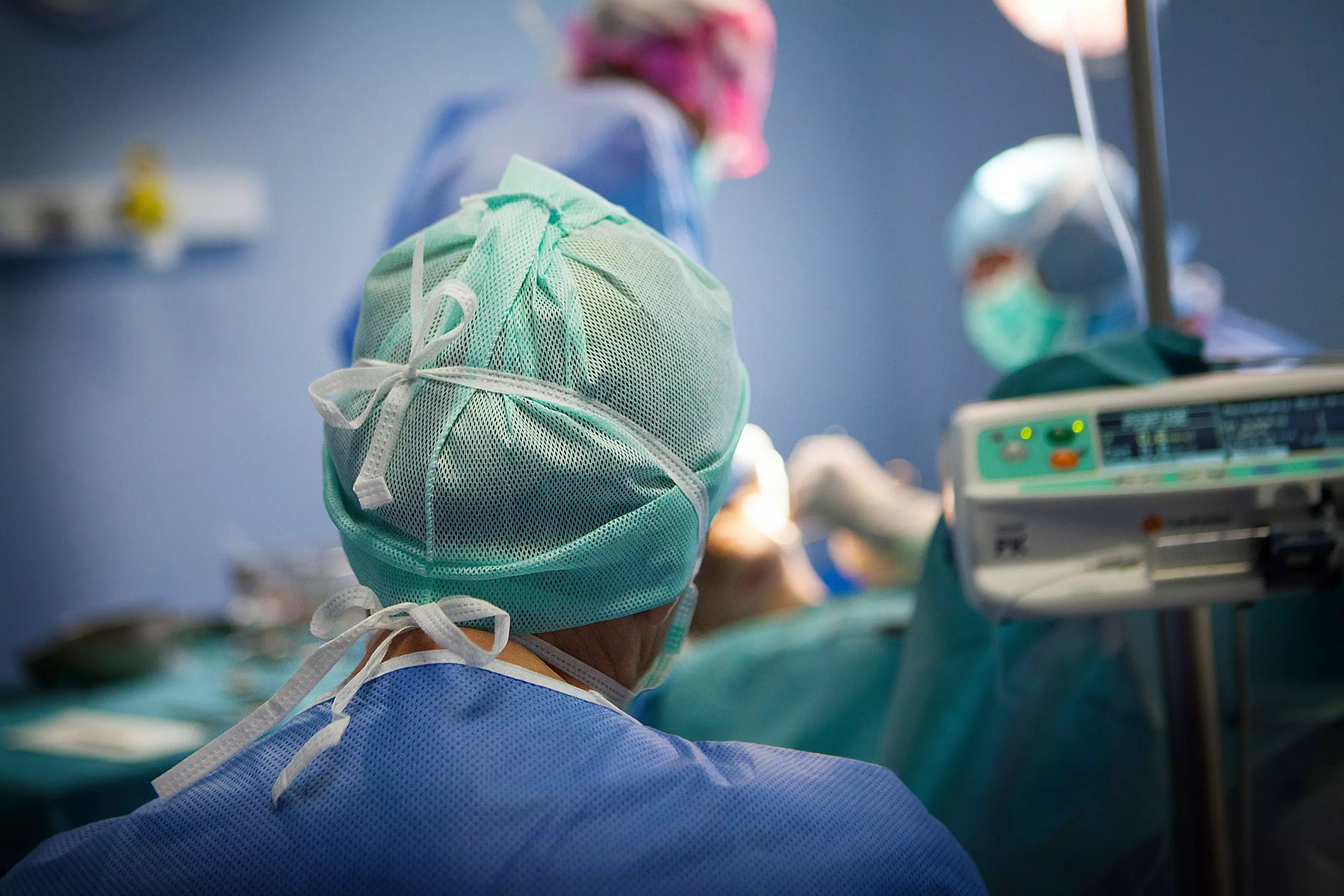A successful surgery is the result of seamless collaboration among the members of the surgical team. Like a well-oiled machine, a harmonious team operates smoothly, with every member in sync and aligned with one another.
In the second part of this two-part blog series, we delve into the intricacies of surgical teamwork, offering a fresh perspective on the concept of "team familiarity." By breaking it down into its core components, we aim to explore how we can harness the advantages of more consistent and experienced teams to achieve better outcomes.

## The Advantages of Familiarity
In the operating room (OR), a multidisciplinary core team is responsible for executing each surgical procedure. These teams often work on a shift-based or specialty-based schedule. The collective experience that arises from repeated collaborations between team members is what we refer to as "familiarity." Teams that have worked together extensively—whether for months or even years—enjoy a high level of familiarity.
Research consistently shows that familiarity significantly enhances team performance and patient outcomes in surgical care. A systematic review conducted by the University of Chicago highlighted that increased familiarity strongly correlates with better team performance, especially in reducing operative time [1]. Additional benefits include fewer surgical errors, disruptions, shorter hospital stays, and lower reoperation rates, though these findings vary across studies [2, 3].
> "Increased familiarity is strongly linked to better team performance, particularly in cutting down operative time."
## Challenges to Consistency
Despite the clear advantages of familiar teams, hospital structures often present significant logistical hurdles in maintaining consistent and familiar teams. These challenges involve regularly assembling unfamiliar professionals to cover shifts and keep services running. While daunting, these obstacles also present opportunities for innovation. Could we isolate specific elements of team familiarity and integrate them into existing systems? Could technology help bridge these gaps?

> "Significant logistical challenges exist in creating consistent and familiar teams."
## Shared Mental Models
A literature review published in the *AORN Journal* draws on the concept of a "shared mental model" to explain some of the benefits of team familiarity [4]. Transactive memory theory in psychology suggests that as teams gain experience together, they develop confidence and understanding of each other's abilities. This enables clear task delegation and anticipatory actions among team members. Shared mental models are central to teamwork and training programs, justifying practices like debriefings and huddles.

> "Familiar teams cultivate a shared mental model based on knowledge of each other's skills, preferences, and experiences."
By identifying the attributes of familiar teams, it may be possible to "capture" their shared mental model for use outside the team or by newcomers. Shared mental models resemble many information technologies, such as cloud storage and machine learning. In today's era of data sharing, can technology help us access and share a team's shared mental model? Could this allow us to mimic the strengths of team familiarity in everyday surgical practice?
## Team-Specific Knowledge
Surgical workflows, while rooted in consensus best practices, are often tailored to specific units, teams, or individual surgeons. Capturing a team's mental model starts with documenting these workflows for quick and intuitive access. Surgical "preference cards," which outline the supplies a surgeon requires for each procedure, serve as an example of this.
Incision's *Assist* app takes this concept further by enabling OR teams to digitize their protocols, equipment, and preferred methods of operation. Accessible via a customizable mobile app, these workflows are organized by specialty, procedure, and team. Incorporating multiple disciplines—surgery, perioperative nursing, surgical technology, and anesthesia—*Assist* structures workflows akin to real-world OR teams, making them instantly available to both regular members and newcomers, including temporary and traveling staff.

## Anticipation and Alignment
A hallmark of familiar teams is the ability to anticipate each other's actions. For instance, a surgeon and scrub nurse who frequently collaborate will usually have a solid grasp of how the other will behave during most procedures. They understand what is needed at each stage and how to respond if something goes awry. This shared knowledge strengthens their mental model and fosters faster, more efficient operations [5, 6].
Such alignment between surgeons and scrub nurses minimizes avoidable disruptions, such as those caused by corrective actions or unavailable equipment. Neurosurgery teams reported fewer workflow disruptions in high-familiarity setups [7], while cardiac surgery teams experienced fewer surgical flow issues, errors, and teamwork breakdowns when working together routinely [8]. In urology, greater familiarity correlated with fewer "inconvenience events" during robot-assisted prostatectomies [9].
> "Improved anticipation among team members can reduce disruptions, enhance alignment, and boost operational efficiency."
## Preferences and Preparedness
Understanding individual team members' preferences and work habits is crucial for fostering familiarity. Variations in surgical practices are common, even within the same unit or department. Established team members naturally adapt to these nuances—"Dr. Stevens prefers nylon sutures for closure." However, unfamiliar staff may struggle to grasp these preferences, leading to delays, misalignment, and frustration.
A multi-center study found that 88% of staff using *Assist* reported feeling better prepared for their OR duties [10]. This was especially beneficial for newcomers, enabling them to participate actively alongside seasoned staff. Among the same group, 70% expressed greater familiarity and confidence with the instruments and equipment used by specific teams and surgeons.

> "Access to team-specific protocols and surgeon-specific workflows increases staff preparedness, confidence, and comfort with standard equipment."
## The Future of Surgical Teams
The financial implications of familiar teams are substantial, with OR time costs ranging from $36 to $150 per minute or $2220 to $9000 per hour, depending on location and setting [11, 12]. Shorter operative times, quicker preparations, and reduced case turnover times likely translate into significant savings.
While logistical hurdles remain in maintaining consistent teams, innovative solutions leveraging technology hold promise. Tools like *Assist* have proven effective in enhancing staff familiarity with equipment and protocols, boosting preparedness, and improving overall performance. As collaboration, information sharing, and de-siloing continue to evolve, the potential benefits of familiarity become increasingly attainable for all surgical teams.
At Incision, we're committed to crafting content that sparks dialogue, strengthens team bonds, and educates dynamically. Together, we grow stronger through shared learning. Join the conversation!
Follow us on [LinkedIn](#), [Twitter](#), or [Facebook](#).
---
This exploration underscores the transformative power of familiarity in surgical teams. With the right tools and mindset, we can unlock its full potential and pave the way for a brighter future in surgical care.
Henan chinamian foods CO.LTD , https://www.ooossooo.com